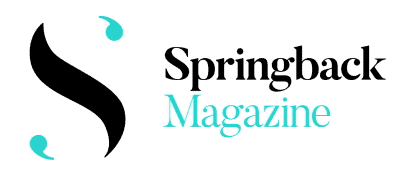Springback Academy 2016
Feature

The universal (English) language of dance
An English dance writer is worth more than a non-English one.
It’s no big revelation, as it refers to any art form, but it’s a thought that has been hanging over my head ever since leaving Aerowaves in Pilsen. It’s very smart that Aerowaves invites international dance writers to follow the festival and write about the shows in English – for this is what Springback Academy is and does. The first and most obvious thing about it is the almost immediate written feedback on the work performed, which is precious not only for the artists but also for the audience – especially potential international audiences. I strongly believe dance writers are there for the audience primarily, and the broader the visibility the better.
Reviews in English, particularly online and open-access ones, are read internationally. The artists themselves can translate local reviews for their own websites, but the quality depends on the translation, the reach is very limited and, let’s be honest, it costs extra money. When mentioning money, it’s worth noting that writing dance reviews in a non-English language doesn’t pay. The readership is so small that no one will hire you, and to do it on a blog almost as a hobby brings in the question of professionalism and, again, visibility. Too, there are even not many English-writing critics and theorists, if any, whose only focus is dance.
Being a ‘Springbacker’ in Pilsen was a luxurious experience – to be able to focus on the top dance performances from around Europe, and to write about them alongside inspiring mentors while not having to worry about everyday distractions. What’s more, it was motivational to know that not only the artists and their family or friends will be reading what took several hours of my time to watch and write.
Also, the Springback Academy itself is a highly valuable programme that has the potential of leading to a strong international dance writing platform – in English, of course – where even the smallest dance communities could get a voice. I see it idealistically as a place where one can read something about the Royal Ballet side by side with a text on a small Latvian dance company’s premiere in Riga. I would be more than happy to help build such a platform.
Another, but not the last or least, level of Springback’s significance pertains to mobility. Everyone speaks about artists’ mobility, but it’s also important for local dance writers to be able to travel to see promising new work by emerging international dance artists. As I indicated above, this certainly meant a great deal to me.
To add a postscript to the dance writers’ public discussion in Pilsen on the issue of solo/duet/group work, in Aerowaves this year we saw many solos about the dancing body and the dancer/performer where the latter’s individual potency made all the difference. The duets had it worst, as Nina Vangeli concisely put it, although Point of You by Hungarian Anna Réti & Ricardo Machado was, for me, a perspective-changing exception. Group pieces were socially insightful, and we even got to see a glimpse of contemporary Russian dance.
It was with a big picture of European dance that I returned to my small, local dance writer’s seat in Croatia.

